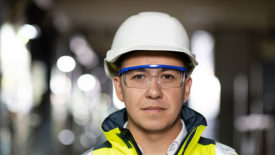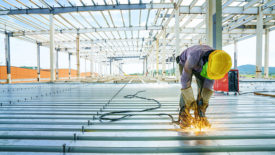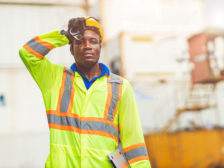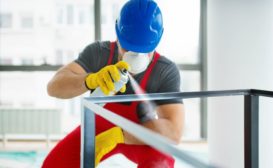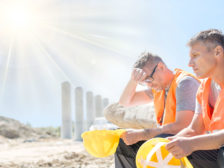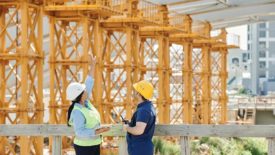Construction Industry Safety and Health
No. 8 in the 10 most frequently penalized OSHA standards for FY 2021
Read More
Editorial
OSHA seeks public input to gather diverse perspectives and expertise
November 1, 2021
Never miss the latest news and trends driving the safety industry
eNewsletter | Website | eMagazine
JOIN TODAYCopyright ©2024. All Rights Reserved BNP Media.
Design, CMS, Hosting & Web Development :: ePublishing
